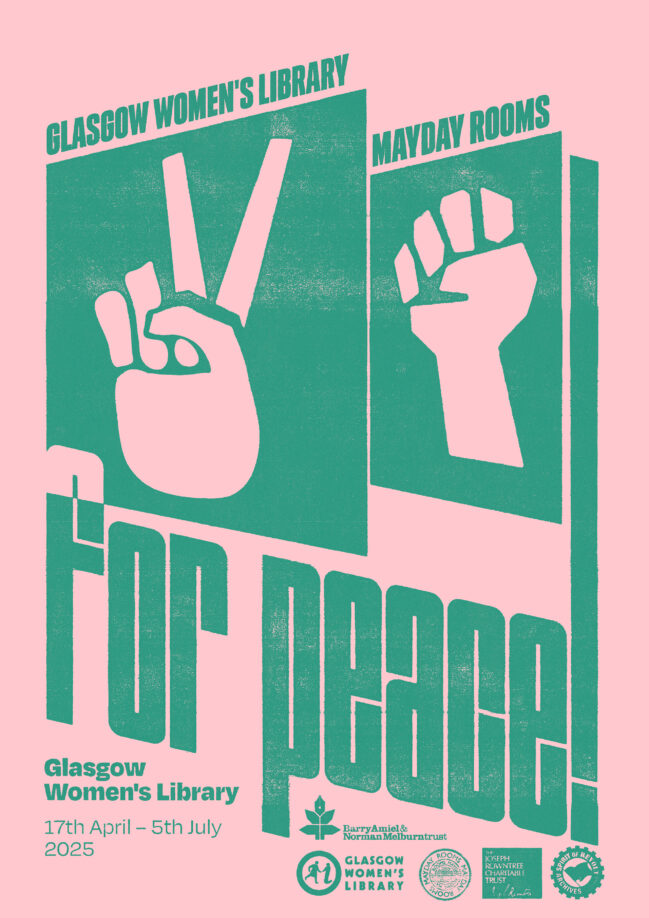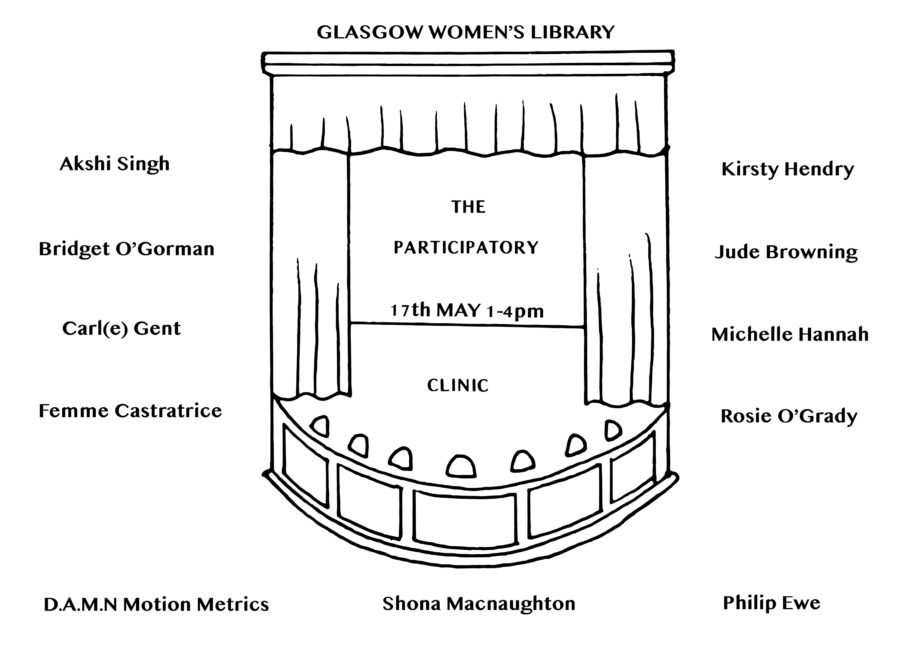I received a free copy of this book from Glasgow Women’s Library, and they asked me to review it during my time of volunteering with them.
As part of World Book Night Scotland, Glasgow Women’s Library received copies of Taking Up Space for visitors to take away! This blog is a review of this thought-provoking book.
Taking Up Space is an extremely enlightening book that provides terrific insight into the ways UK academia has utterly failed to tackle racial inequality and all its consequences, with a particular spotlight on black women and non-binary students.
Throughout this book, the authors, Chelsea Kwakye and Ore Ogunbiyi, who recently graduated from Cambridge University, underline their experiences of higher education. The book also has insights from interviews with fourteen students at diverse institutions.
My most important take-aways:
The authors revealed that:
- Outside of London, there are a small number of Black communities. For instance, in Cambridge there is no African hair salon. Many of the students were the only Black people on their course. This made Black students experience imposter syndrome and feel invisible.
- Curricula are extremely white. For instance, as stated by one interviewee, the Industrial Revolution was lectured with no mention of slavery. Which is strange because as highlighted by Harvey, M. (2019) “The British industrial revolution is characterized by its hybridity and heterogeneity, always combining varied regimes of exploitation: metropolitan wage labour, directly-owned British Caribbean and Mauritian slavery, and US Deep South slavery, each followed by varied transitions to indentured servitude or sharecropping”.
- Expectations of excellence for Black students put too much pressure on them. Everything they do is not only for themselves, but also for their families and for all Black people.
- Only 1.8% of academic staff in the UK are Black in which 0.13% are Black women.
- Apart from London’s School of Oriental and African Studies, most universities in the UK have diversity and inclusivity in their mission statements but they do not have strategies on how precisely they can put policies and objectives behind their mission statement.
- It is not easy for Black women at university to socialise or date because they are often not attractive to both Black and white men. In some situations, they are viewed as an “adventure”, or their bodies are so intensely “fetishized”.
Areas to be improved that have predominantly stayed with me:
1. Do Not Cluster All Students Under BAME Umbrella
Everyone interviewed in this book were counter to the use of the term “BAME (Black, Asian and Minority Ethnic)” because it groups together all people with different ethnicities and experiences. The authors highlight that every single student categorised as BAME is a unique puzzle composed of pieces of personality, life experiences, knowledge, and emotions. Every person has their own perspective, world view and culture, largely driven by the way they have experienced and navigated the world. As the authors give as an example, every single LGBTQ and Black student have unique experiences based on their own intersection of race and sexuality.
2. Sexual Violence
Numerous Black women were victims of sexual violence. Whilst at university, 62% of Black students have experienced sexual violence, only 2% of them felt able to report it to their university and were satisfied with the process. However, 33% have no or little information about how and where to seek out support when they are sexually abused.
3. Occupational Segregation
The authors scrutinized the Higher Education Statistics Agency (HESA) data which displayed that universities employ more Black staff in low paid positions such as cleaners, porters, and receptionists, while less are hired in well remunerated positions including lecturers and professors. This makes students feel that they will have a further difficult time in the job market.
4. Mental health Challenges
This book reveals that Black women (29.3%) are more likely to have mental health problems than white women (20.9%). Even though mental health is broadly spoken about in university, the authors underline how African and Caribbean students tend to be less open regarding mental health. While Black students need mental health support, they prefer a Black counsellor who is very empathic. However, several Black counsellors employed at universities are not able to put themselves in the shoes of their clients.
Was University Worth It?
Regardless of these challenges, when all interviewees were asked “Was university worth it”, the majority replied “YES”. The authors also underline that university was worth it for them because it helped them to learn more about themselves. It was an exploration of their own identities in such ways they could not have expected.
On a final note, Taking Up Space is a highly informative book that provides great awareness into the ways UK academia has totally failed to eradicate racial inequality, on the one hand. One the other hand, this book is an incredibly positive book full of uplifting and beautiful writing. As a feminist Black woman and a new refugee, I never experienced the racial discrimination in the UK as Taking up Space authors have. Nevertheless, as someone who is born and raised in one of the most divided countries (Rwanda) in the world, I utterly understand what they have been through and know how it hurt to be a victim of hate crimes by race or ethnicity.
Reading their stories in the book, I found so many elements I can relate to, even if the circumstances are different. I hope that this book will help Black women and students to challenge the main obstacles that can prevent them from studying in the UK’s most famous universities and have their dream job. Informed by this book, I also hope that appropriate institutions will try their best to address racial inequality issue in academic system and labour market.
If you would like to read Taking Up Space, there are multiple copies in GWL’s Library collection!







